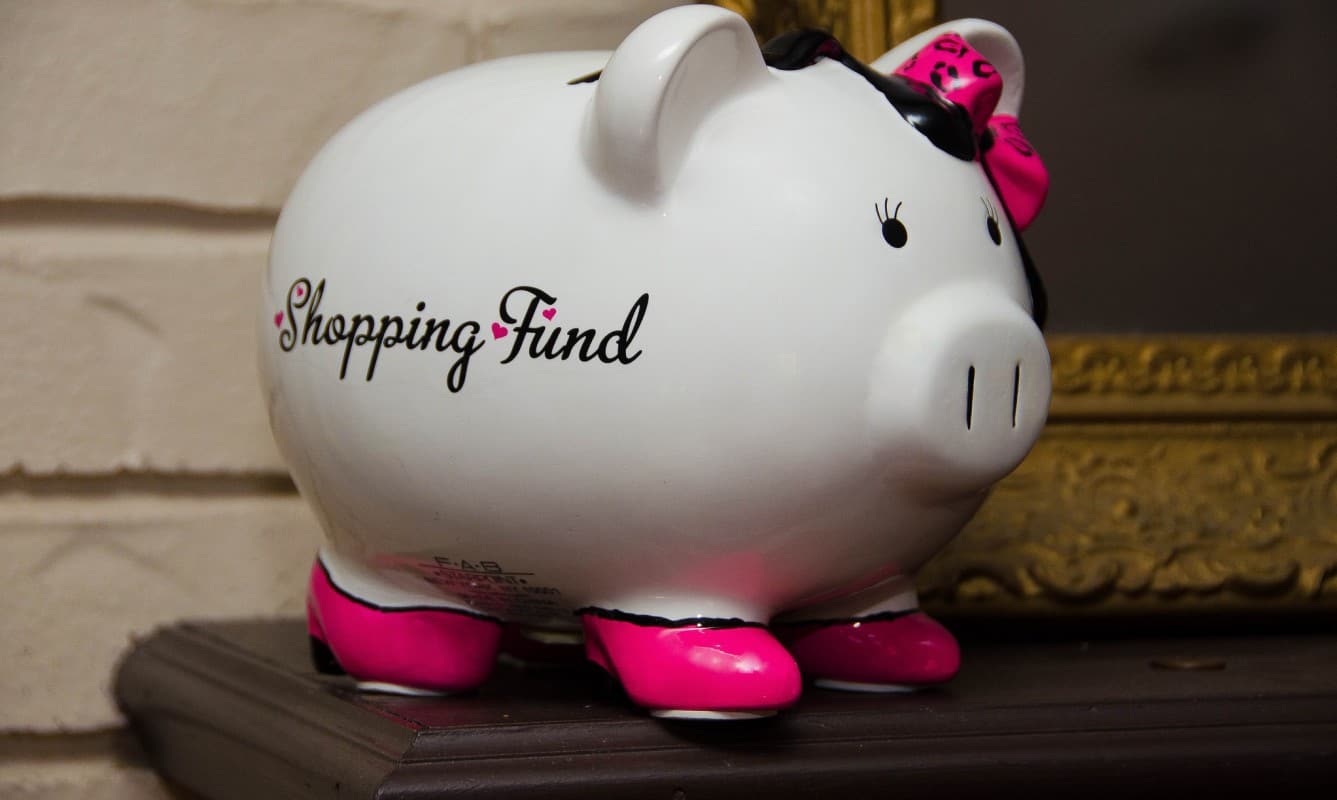5 Rules for Curbing Impulse Spending

If you have a problem with impulse spending, there are a few rules you can follow to help kick the habit. Being the shopaholic that I am, I’ve picked up some general techniques over the years that have helped me become smarter when it comes to spending money.
1. Pay with cash.
Using cash to pay for your items lets you tangibly feel and keep track of how much money you are actually spending. It can be much easier to justify an impulse buy when all you have to do is swipe a card – especially a credit card. Credit cards put us in a ‘buy now, pay later’ mindset, causing many of us to spend more than we would otherwise.
2. Avoid online retail sites.
Shopping online can be dangerous for an impulse spender, mainly because it makes spending money incredibly easy. That awesome item you think you need is only a click away, and you don’t even have to get out of bed for it. One night I ended up with magnetic silly putty, a giant poster of Bob Marley, rainbow guitar picks, galaxy leggings, and a cat shaped coffee mug.
Sure this all sounds great, but it would have been beneficial for me to set a limit for myself. When it comes down to it, I spent money I should have been saving only because it was fun and easy to do online. This is why I avoid online shopping. If you feel you must shop online and refuse to give it up, at least set strict limits for yourself.
3. Bring someone to hold you accountable.
For me, it’s my fiance. He asks me questions like “Do you really need those rainbow glow-in-the-dark earrings?” Whenever I bring him along, I end up saving money. Find a shopping buddy that isn’t an impulse buyer too, and ask his or her opinion before making a purchase. On a similar note, it can also be beneficial to avoid shopping with other impulse buyers. When you see them loading up the cart, you are more likely to feel okay doing the same.
4. Write a list of exactly what you need.
We’ve all been in the check out lines consistently riddled with different trinkets and goodies, no doubt there to tempt us into shopaholic relapse. Strictly sticking to a list of what you came to buy can help fight these temptations. Following a list helps to create intentional shopping, making the experience less browse-centric. If you know what you came to buy, there is no need to browse for items you may or may not want. This will drastically decrease the chances of an impulse buy.
5. Visualize the long term and ask yourself questions.
Before buying an item, ask yourself how it will bring value to your life, and be honest with yourself. You can ask yourself questions like “Will this benefit me in the long run?” or “Do I actually need this?”. I’ve found it can help to think about long-term goals you have in your life. Are you saving for a trip to Europe? Are you trying to buy a more reliable car? Think about putting the money you would spend on an impulse item towards goals you have. This thought process has a way of putting impulse buying into perspective.
Last modified on December 15th, 2016





Show Comments +